Make-Ahead Buttermilk Dinner Rolls
These buttermilk dinner rolls are amazing – light and fluffy and so flavorful (thanks to the buttermilk). Plus the dough can be made ahead and refrigerated!
This recipe may look a little familiar seeing as how it’s been resting in the archives of my site for six years now (well, actually, I hope the rolls don’t look familiar since the old pictures were very awful and very terrible).
Every time I make these tender buttermilk rolls, I think “gosh, these rolls are good” – that sentiment usually being echoed across the table – which means it was only a matter of time before the post got a little facelift. Now seems appropriate.
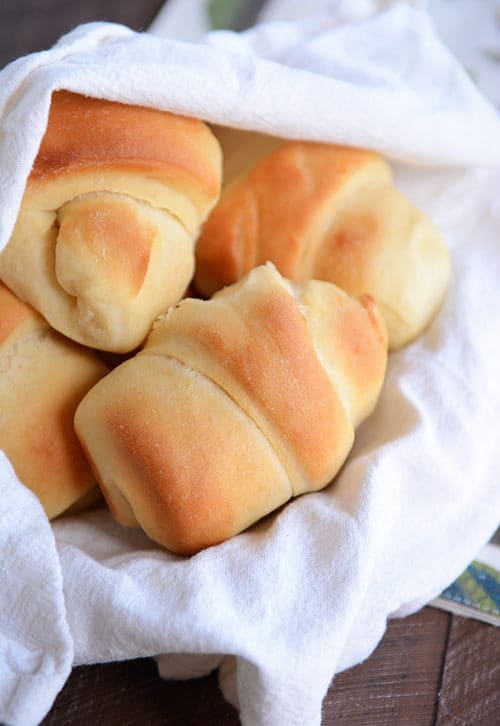
If you’re still yearning for the perfect roll recipe to fall into your lap as you crazily menu plan for next week, you might be at the right place at the right time today because these are magnificent.
The best part? The dough can be refrigerated for up to seven days (not all yeast doughs can survive this way, trust me) and once pulled out of the fridge, the shaped and baked rolls are as delicious as if they had been made start to finish at the beginning.
In fact, they might even be a bit tastier after the dough rests in the refrigerator.
Buttermilk is the key (no substitutions, pretty please, although homemade buttermilk is completely acceptable) – it contributes to the light and tender dough as well as the amazing flavor.
There’s just nothing quite like a pillowy, soft dinner roll. Thanksgiving or anytime really. If there’s homemade rolls for the taking? I’m there.
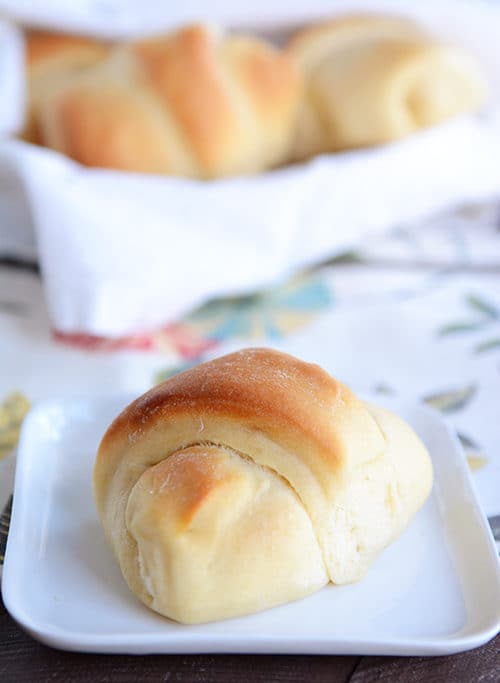
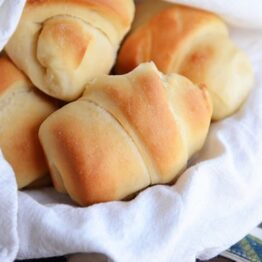
Make-Ahead Buttermilk Dinner Rolls
Ingredients
- 3 cups buttermilk at room temperature
- 3 cups (426 g) flour
- 1 tablespoon instant yeast
- ½ cup (106 g) granulated sugar
- 3 large eggs
- 2 teaspoons salt
- ½ cup oil
- 1 teaspoon baking soda
- 6-7 cups (about 852 to 994 g) flour, more or less
Instructions
- In a large bowl or in the bowl of a stand mixer (I only ever use a Bosch, never tried this in a Kitchenaid), mix the buttermilk, 3 cups flour and yeast together. Cover and let stand at room temperature until puffy and bubbly, 2-3 hours.
- Add the sugar, eggs, salt, oil, and baking soda. Mix well and start adding the remaining flour until a soft dough is formed that clears the sides of the bowl and is smooth without being overly sticky or overflowed. Knead for about 7 minutes.
- At this point, you can roll out the dough or cover and refrigerate for up to seven days. If doing so, place the dough in a large container or bowl as it will expand a bit in the refrigerator.
- To use immediately, shape the dough into rolls: cloverleaf (three balls each about 3/4-inch in diameter popped into a greased muffin tin), crescent (divide the dough into thirds and roll each section into a 10- or 11-inch circle, brush with butter and cut into 8 or 12 sections and roll up), classic dinner rolls (about 2-3 ounces of dough rolled into a taut ball and placed in a 9X13-inch baking dish or on a large baking sheet). Cover the rolls with greased plastic wrap and let rise until double, about an hour or so.
- Bake at 375 degrees until golden and baked through (exact time will depend on shape; for cloverleaf about 11 minutes, crescent about 15-16 and dinner rolls about 16 or so).
- For refrigerated dough, pinch off the desired amount and shape. If the dough is really cold and hard to work with, let it rest covered at room temp for 30-45 minutes before shaping.
- Once shaped, cover with greased plastic wrap and let rolls rise until double in size, 2-3 hours (dough taken from the refrigerator will take longer to rise since it’s been chilled) and bake with the above instructions based on shape.
- Remove from the oven and butter the tops, if desired.
Notes
Recommended Products
Recipe Source: from my sister-in-law Erin and her sister, Melanie (yeah, it gets a little confusing)

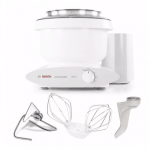
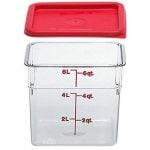
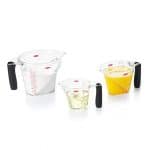
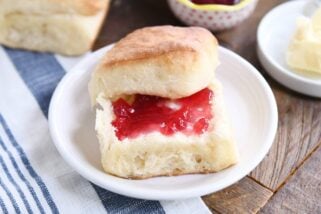
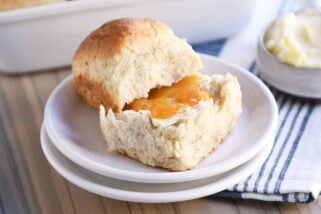
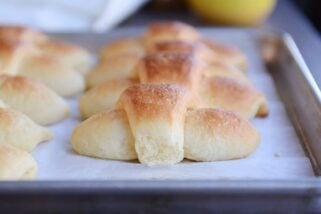
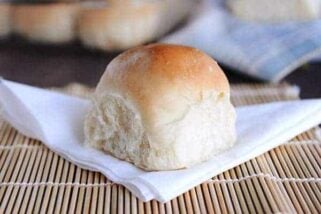
Made these for the first time today to go with your loaded broccoli cheese soup, (which is so so good too) and they were delicious! They were great plain, with butter, and with butter and honey! We make your French bread rolls all the time and these rolls were so incredible it’s difficult to say which we liked more. Everyone should try these rolls!!
This is a part 2 to my original comment. I used this dough tonight for soft bread sticks to go with soup. It was chicken Parmesan soup so I brushed them with butter and sprinkled with garlic powder and Italian seasoning. Sooooooo good!
I tried this recipe on Thanksgiving. I made the dough 2 days before. I had volunteers make dough balls into clover leaf rolls. It was a great way to involve guests. They were so good! I will be making them year round. I just made half a batch of dough to have for me and my husband. (I used the one egg plus one egg yolk recommended in an earlier reply). Question: can I use this dough for other uses, like cinnamon rolls?
I haven’t tried that Karla, but I believe others have commented saying the dough works well for cinnamon rolls, too!
Hi Mel, I’m wondering if kefir can be used instead of buttermilk. I do that frequently when making pancakes, waffles and quick breads. Are you still making kefir? You used to mention it often! Thank you very much for your wonderful recipes and advice. And Happy Thanksgiving to you and your family. I love your blog and recommend you to friends often.
Hi Susan! My kefir grains died and I haven’t gotten new ones yet, but yes, I think kefir would work great!
These were like crumbly biscuits nothing like a soft roll. A big embarrassment for my Thanksgiving dinner.
These were light and fluffy! I forgot to put the salt in though so they were bland. Whoops! 🙂